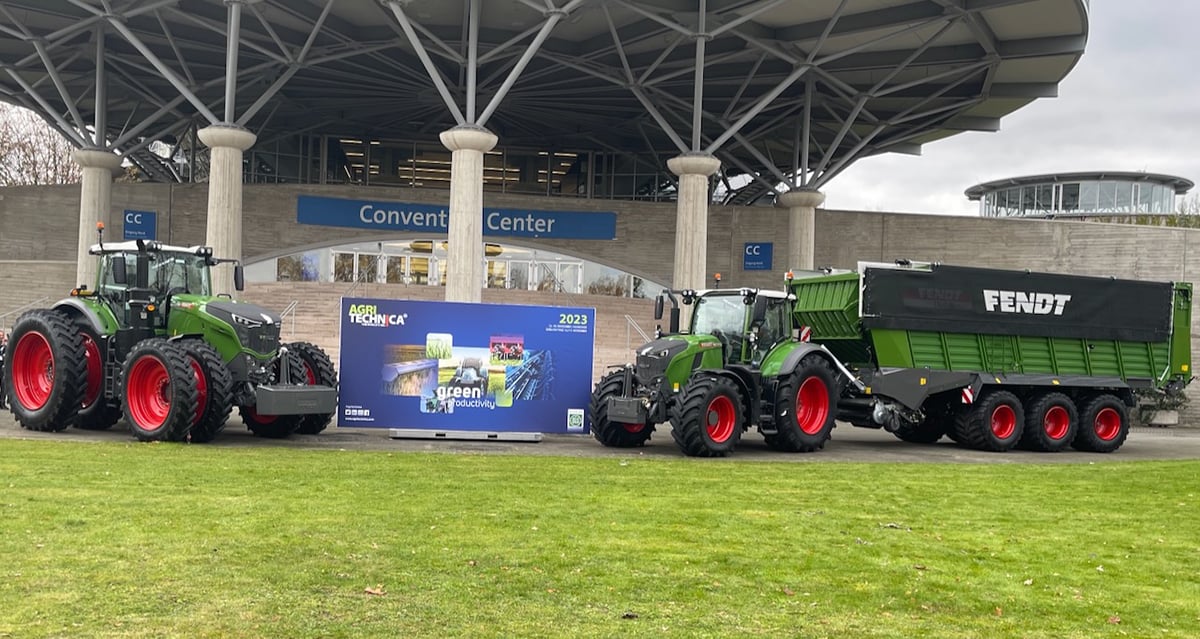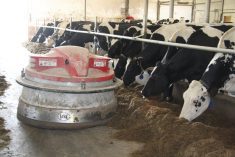Abandoning pregnant sow stalls is a radical shift, but a Manitoba Hutterite farm leader says it is already underway.
“I can almost guarantee you that all new construction by the colonies is going to be group housing,” said James Hofer, who represents one of Manitoba Pork Council’s two Hutterite districts.
Two newly constructed hog barns on colonies, one in Manitoba and another in South Dakota, are already using group housing for pregnant sows.
Hofer said Hutterites are keen followers of scientific developments tried by other colonies, and he thinks the success at the new operations will encourage copycat behaviour throughout the community.
Read Also

Canada to have increased presence at Agritechnica 2025
Interest in diversifying trade markets is taking more Canadian manufacturers to Agritechnica 2025, the world’s largest machinery show.
“When it comes to technologies and advancements, we just pounce on it,” Hofer said after the pork council released a report calling for group housing to be the sole production method in Manitoba by 2025.
The council’s deadline is effectively a voluntary moratorium on new stall barn construction because retrofitting barns is expensive and barns are designed to last at least 25 years.
Rick Bergmann, the director who oversees research priorities and spending for the pork council, said the new Hutterite operations and research at the University of Manitoba will blaze the trail, but many questions remain.
Consumers and hog buyers, such as Smithfield Foods and Maple Leaf Foods, are pressing for stall-free treatment of pregnant sows, but Bergmann said producers need to balance buyer demands and production realities.
“We want to be as attentive and sensitive to their needs, but at the end of the day we want to make sure we can continue to produce the best pork in the world,” said Bergmann, who hopes continued research can find a happy medium.
“It’s on the radar, so we’re spending a lot of time and money on research to see if there’s an ability to provide an even better way of housing the animals.”
Many producers will soon need to build new barns to replace worn-out facilities because few were built in the past five years due to the financial crisis that hit the industry.
Bergmann said he is confident farmers will adopt open housing if it can be demonstrated to be viable.
“Their backs aren’t up and they aren’t resistant or defiant,” he said.















